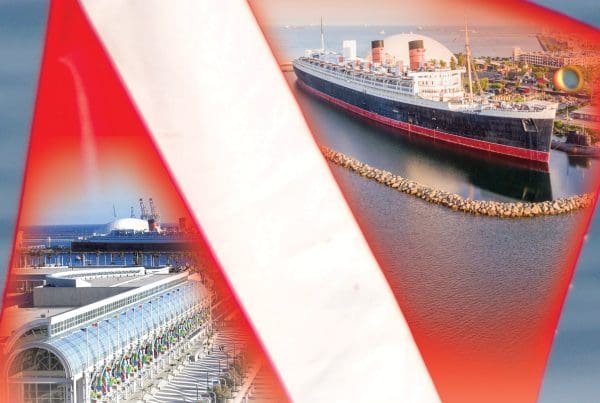Southern California Edison (SCE) has gained unanimous approval from state regulators to create a 150-acre man-made giant kelp forest off San Clemente, Calif. SCE plans to begin work this June expanding a 23-acre test reef into the largest U.S. environmental project of its kind.
The resulting two-mile kelp forest is expected to produce as much as 50 tons of fish
annually and significantly enhance Southern California’s marine recreation resources. SCE also is developing the San Dieguito Wetlands Restoration Project near Del Mar, Calif., a 150-acre marine and bird estuary will serve as a protected spawning site for a large variety of ocean fish.
The reef and wetlands projects fulfill an environmental commitment SCE made when granted a permit to build the San Onofre Nuclear Generating Station. The utility pledged to create projects that would offset any adverse impact on local marine life identified by a high-level independent study group. SCE’s objective has been to ensure that operation of the San Onofre facility, Southern California’s largest power source, has a net positive impact on local marine ecosystems.
“The reef project is a model of energy sustainability,” said Dick Rosenblum, SCE senior vice president and chief nuclear officer. “It ensures that, while in operation, Edison’s San Onofre Nuclear Generating Station will have a net positive impact on the local environment. Then, long after the plant has reached the end of its service to customers, the reef will go on producing and nourishing local marine life.”
A 15-year environmental impact study sponsored by SCE and led by the independent Marine Review Committee established by the California Coastal Commission analyzed the possible effects on marine life of the ocean water-cooling system used by the San Onofre plant. The research project, which resulted in significant advances in the science of marine life impact analysis, found the cooling system might adversely affect the nearby San Onofre kelp bed. Water drawn into the plant from an area 3,500 feet offshore is naturally cloudier due to wave action than the area 6,000 to 8,500 feet offshore where the cooling water is later discharged. The study group found that, as this cloudier water drifted southward toward the San Onofre kelp bed, it would reduce sunlight and therefore the size of that kelp forest. SCE and the Coastal Commission proposed building the new reef to offset this possibility.
In 1999, SCE built an experimental 23-acre reef northwest of the power plant location. Coastal Commission scientists then analyzed the six types of rock or concrete formations SCE used for the test, evaluating which was most conducive to the development of the desired giant kelp forest. The results formed the basis for SCE’s construction plan that was endorsed by those scientists in the staff report voted on by the commission.
SCE expects to complete work on the reef this summer. The utility has proposed naming the reef after the late noted California Institute of Technology marine biologist Wheeler North, whose seminal research contributed to the project’s design.










